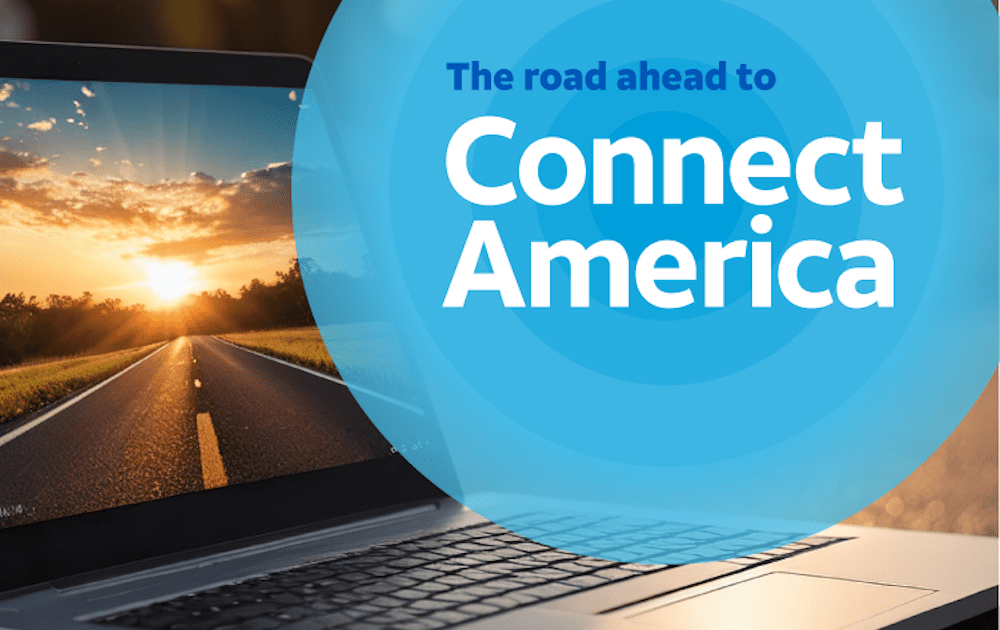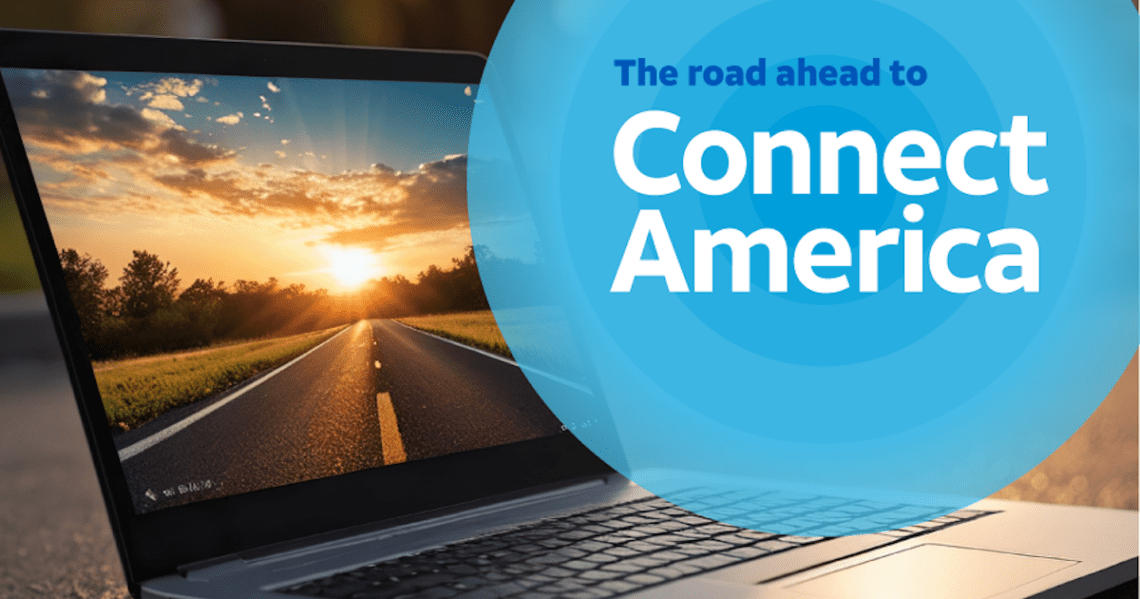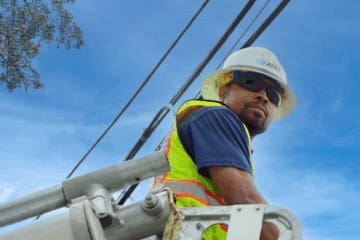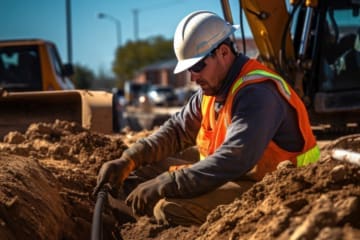2023 was a landmark year for connecting more Americans to high-speed internet access. With all 50 states submitting proposals to participate in the $42.5 billion BEAD Program, the NTIA is positioned to allocate an historic amount of federal funding to states for broadband deployment projects – which will help connect communities across the country that need it most. And more than 23 million low-income Americans signed up for the Affordable Connectivity Program (ACP), giving themselves better access to education, employment, healthcare and above all more opportunity.1
Internet service providers like AT&T continued last year to invest billions in infrastructure to expand high-speed broadband access to more counties and cities. Community organizations, private companies and federal and state programs have also invested in innovative solutions to help individuals acquire the digital skills they need to use the internet.
Each of these measures is critical to expanding opportunity for Americans and solidifying the United States as a leader in technology and innovation. While we recognize these accomplishments, it’s also important to reflect on the current state of connecting America, there’s more work to be done on the road ahead to fully connect our country.
Here are 3 essential areas where we must work together to make progress on our shared national goal:
1). Expand wireless spectrum licenses to meet the data needs of tomorrow
The ability to innovate is vital to our country’s international competitiveness and to bettering the daily lives of Americans in every corner of the country.
Innovation is powered by our network, and our network is powered by access to spectrum. These invisible airwaves are the conduits that carry data across the Nation’s wireless networks. With Americans projected to use five times more 5G data by 2027, we must act now to secure the necessary pipeline of spectrum to support the data needs of tomorrow and solidify America’s place in the global economy.
In 2024, policymakers must take action on spectrum:
- To reassert ourselves on a global stage, we must correct the imbalance between licensed and unlicensed spectrum – a widening deficit in the U.S. compared to the rest of the world.
- The private sector cannot currently acquire any new spectrum in the U.S. Congress must reauthorize the FCC to conduct spectrum auctions immediately so we can continue investing in America’s future.
Every dollar spent by the private sector on spectrum is a dollar spent on improving the quality of life for Americans.
2). Prioritize smart policy to maximize broadband deployment
Internet access means more opportunity for more Americans. We’ve seen it in places like West Baton Rouge Parish in Louisiana, where we just connected more than 500 locations as part of a $22 million dollar project between AT&T and the state of Louisiana.
- In rural Vanderburgh County, Indiana, we recently connected 20,000 homes, businesses and farms to high-speed internet.
- And in July of last year, we announced AT&T Fiber was available in parts of Oldham County, Kentucky, as part of our build project to connect 20,000 customer locations in the county.
And as technology continues to advance, it’s important we continue to invest in communications networks that keep pace with consumer demand.
To maximize investment and help the most Americans connect to the world of opportunities available online, we need to prioritize smart policy that:
- Turns an eye to the future. We know fiber is the best solution: offering faster speeds and more capacity today – as well as being easily scalable, less costly to maintain compared to other technologies and more sustainable in the long-term. To best serve consumers today and tomorrow, we need policy that enables investment, not regulations that divert funds toward legacy services that are used less and less by customers.
- Avoids unnecessary regulations that interfere with the goal to get America connected. Overcomplicated and overzealous policies around permitting, rate regulation, pole attachments and taxes on broadband impede expansive deployment. These regulations jeopardize momentum to bridge the digital divide by diverting private sector dollars from innovation and investment.
- Leverages collaboration between the public and private sector. When public entities team up with trusted providers, more Americans are connected to greater opportunity. Now is the time to leverage the technical and financial expertise of the private sector – to make sure broadband deployments are efficiently reaching the most people by pairing private and public dollars.
All Americans benefit from great connectivity, and now is the time to clear any roadblocks toward achieving that.
3). Make broadband affordability programs viable long-term
Broadband access isn’t just a bipartisan policy priority; it’s a major driver of economic opportunity. And Americans rely on internet access not just to compete in our digital economy, but also to support their overall health and well-being and gain access to educational opportunities.
The progress we’ve made as an industry in expanding broadband access will fall short of our shared goal if Americans do not adopt the services available.
We’ve seen the success of programs that help those who need it connect to the internet, like the Affordable Connectivity Program (ACP). In fact, ACP has enrolled over 23 million Americans to help them afford broadband services. These Americans are at risk of losing critical access and Congress should act quickly to secure funding for a low-income broadband affordability solution, both in the near term and for the long haul.
As the FCC winds down the ACP, one thing is clear: we need a permanent, sustainable solution to reform programs like the Universal Service Fund (USF) and ACP – and how they’re funded – that’s designed for how we connect today, and for the people who need it most.
Investment in fiber and spectrum availability is more than an investment in infrastructure. It’s how we future-proof America’s position as a global leader and expand economic growth.
Connectivity changes everything. Getting these 3 priorities right will improve the quality of life for all Americans.
1 As of enrollment freeze date on February 8, 2024 (ACP Enrollment and Claims Tracker – Universal Service Administrative Company (usac.org))





